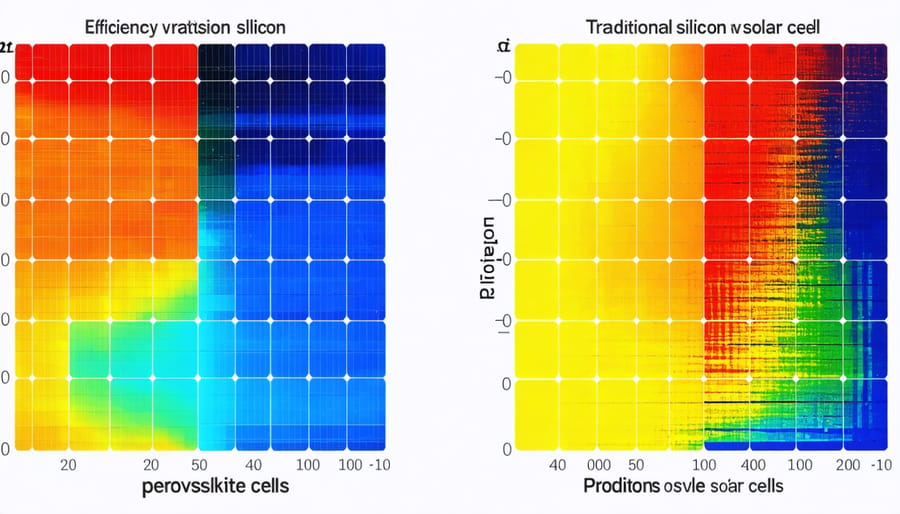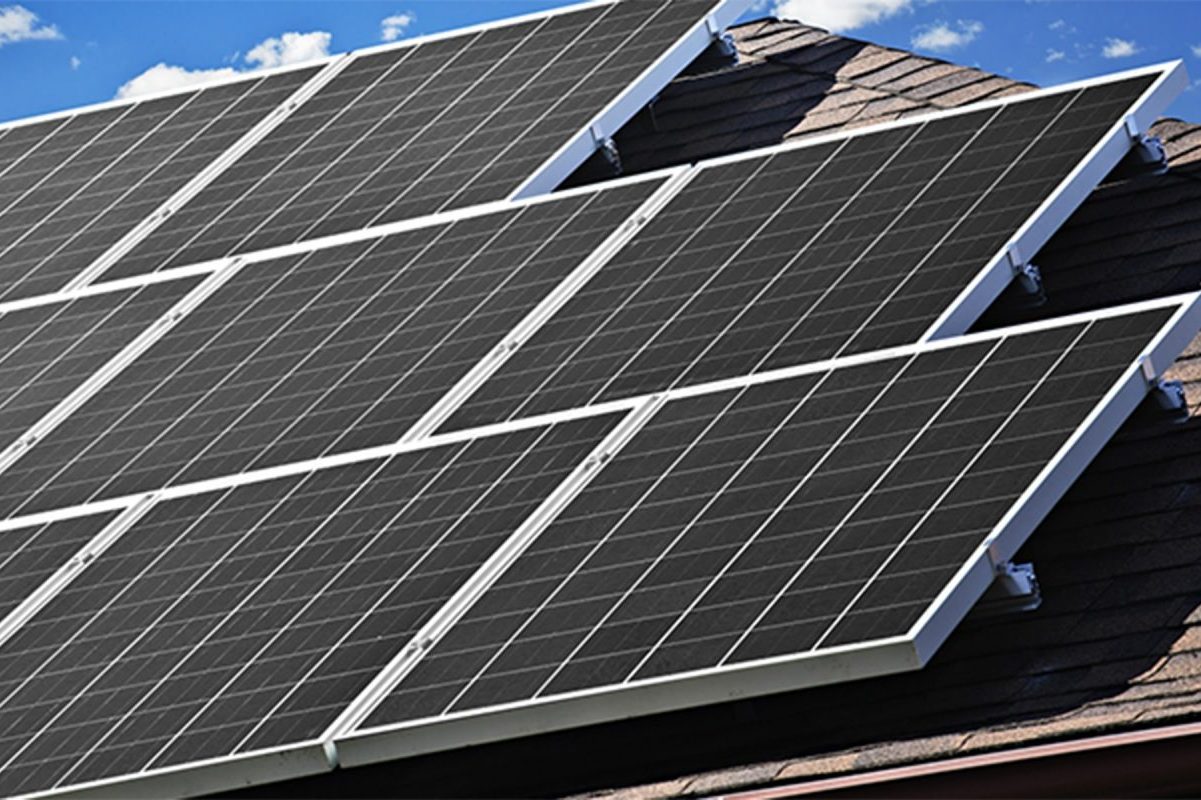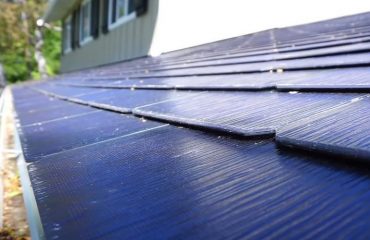Revolutionizing solar energy, perovskite solar cells have emerged as a groundbreaking technology that’s pushing the boundaries of photovoltaic efficiency. These remarkable cells have achieved a stunning 31.3% power conversion efficiency in recent laboratory tests – far surpassing traditional silicon solar panels. For homeowners and energy enthusiasts, this breakthrough represents more than just numbers; it promises a future of more affordable, efficient solar power for everyday use.
What makes perovskite cells truly exceptional is their rapid efficiency improvement over the past decade, jumping from just 3.8% in 2009 to today’s record-breaking figures. This unprecedented rate of advancement, combined with low-cost manufacturing potential and flexibility in application, positions perovskite technology as a game-changing solution for residential solar adoption.
As we stand on the brink of a solar revolution, understanding perovskite cell efficiency isn’t just about technical specifications – it’s about recognizing how this innovation could transform home energy solutions and make sustainable living more accessible than ever before.
Why Perovskite Solar Cells Are Game-Changing

Record-Breaking Efficiency Rates
Recent breakthroughs in perovskite technology have shattered previous solar cell efficiency rates, reaching an impressive 31.3% in laboratory settings. This remarkable achievement puts perovskites well ahead of traditional silicon solar panels, which typically max out around 22% efficiency in real-world applications.
What makes these numbers even more exciting is how quickly perovskite technology has evolved. In just over a decade, efficiency rates have jumped from 3.8% to beyond 30% – a pace of improvement that took silicon-based cells nearly 60 years to achieve. When combined with silicon in tandem cells, perovskites have pushed the boundaries even further, achieving efficiency rates above 33%.
For homeowners, these improvements mean more power from less roof space. A perovskite solar panel could potentially generate up to 40% more energy than a traditional panel of the same size. This increased efficiency translates to fewer panels needed for the same power output, potentially reducing installation costs and making solar more accessible for homes with limited roof space.
Cost-Effective Manufacturing
One of the most exciting aspects of perovskite solar cells is their potential to dramatically reduce manufacturing costs compared to traditional silicon-based panels. These cells can be produced using simple, room-temperature processes and common industrial equipment, significantly lowering production expenses. While silicon panels require high-temperature furnaces and ultra-pure materials, perovskites can be spray-coated or printed onto surfaces using techniques similar to newspaper printing.
The raw materials for perovskite cells are also abundantly available and inexpensive. Manufacturers can produce these cells using standard printing equipment and roll-to-roll processing, similar to how we print newspapers or packaging materials. This approach not only reduces equipment costs but also speeds up production significantly.
Additionally, perovskite cells require less energy to manufacture than traditional silicon cells, further reducing their carbon footprint and production costs. Experts estimate that once scaled up, perovskite solar panels could cost up to 50% less than current silicon panels, making solar energy more accessible to homeowners and businesses alike. This cost reduction, combined with their improving efficiency, positions perovskites as a game-changing technology for affordable solar power.


Real Benefits for Homeowners
Lower Installation Costs
One of the most compelling advantages of perovskite solar technology is its potential to significantly reduce solar panel installation costs for homeowners. Unlike traditional silicon-based panels that require energy-intensive manufacturing processes and expensive materials, perovskite cells can be produced using simpler, more cost-effective methods.
The manufacturing process involves solution-based techniques that can be carried out at room temperature, eliminating the need for high-temperature processing facilities. This translates to lower production costs, which manufacturers can pass on to consumers. Additionally, perovskite solar cells are lighter and more flexible than conventional panels, reducing transportation and installation labor costs.
Homeowners can expect to see savings of up to 30% on their initial solar investment once perovskite technology reaches mass production. The materials used in perovskite cells are also abundantly available and inexpensive compared to pure silicon, further driving down costs. These cells can be printed or sprayed onto surfaces, potentially allowing for easier and faster installation processes that require less specialized equipment and expertise.
The combination of lower material costs, simplified manufacturing, and easier installation makes perovskite solar technology an economically attractive option for homeowners looking to embrace solar energy without breaking the bank.
Better Performance in Real-World Conditions
Perovskite solar cells shine brightest where traditional solar panels often struggle. These innovative cells perform remarkably well in real-world conditions, making them increasingly attractive for homeowners looking to maximize their energy production.
Unlike conventional solar panels, perovskite cells maintain higher efficiency levels in cloudy conditions and indirect sunlight. This means more consistent energy generation throughout the day, even when the sun isn’t directly overhead. They also show impressive performance in low-light conditions during early mornings and late afternoons, extending their productive hours.
What’s particularly exciting is their temperature tolerance. While traditional silicon panels lose efficiency as temperatures rise, perovskite cells maintain steady performance even in hot weather. This makes them especially valuable in warm climates where conventional panels might struggle to perform at their best.
These cells also demonstrate excellent performance when installed at various angles, making them more versatile for different roof types and installations. Whether mounted on a steep roof or a flat surface, perovskite cells can maintain their high efficiency levels, giving homeowners more flexibility in their solar setup.
Additionally, their lightweight nature means less structural stress on your roof while still delivering comparable or better power output than traditional panels. This combination of adaptability and consistent performance makes perovskite solar cells a promising solution for residential solar energy systems.
The Future of Home Solar
When Will Perovskite Panels Be Available?
While perovskite solar technology shows incredible promise, many homeowners wonder when they’ll be able to install these efficient panels on their roofs. Most industry experts predict that the first commercial perovskite solar panels will hit the market between 2024 and 2025, with wider availability expected by 2026.
Several companies are already conducting real-world trials and scaling up production. Oxford PV, a leading developer, plans to begin manufacturing hybrid perovskite-silicon panels in 2024. Other major players like Saule Technologies and Swift Solar are also preparing for commercial rollout in the coming years.
However, it’s important to note that initial adoption will likely start with large-scale solar farms before becoming widely available for residential use. This gradual rollout allows manufacturers to perfect the technology and ensure long-term durability – a crucial factor for homeowners making a significant investment.
By 2030, industry analysts expect perovskite solar panels to become a mainstream option for residential installations, offering higher efficiency at potentially lower costs than traditional silicon panels. While the wait might seem long, the technology’s rapid development suggests we’re on the cusp of a solar revolution.
Making the Smart Choice Today
While perovskite technology shows incredible promise, homeowners considering solar installations today shouldn’t wait for this emerging technology to mature. Current silicon-based solar panels are highly efficient, thoroughly tested, and backed by decades of research and development. They offer immediate benefits through reduced energy bills and increased home value.
Making the smart choice means understanding that today’s solar technology is already a sound investment. Modern panels typically last 25-30 years and come with robust warranties, ensuring long-term value. Additionally, current government incentives and tax credits make this an opportune time to invest in solar technology.
Consider that waiting for perovskite technology to become commercially available could mean missing out on years of energy savings and environmental benefits. While future innovations are exciting, the solar technology available today is more than capable of meeting residential energy needs efficiently and reliably.
For those concerned about future upgrades, many solar installations are designed to be modular, allowing for potential technology updates down the line. The best approach is to take advantage of current solar solutions while staying informed about emerging technologies like perovskites that may enhance your system in the future.
Perovskite solar cells represent a groundbreaking advancement in renewable energy technology, offering the potential to revolutionize how we power our homes. With their remarkable efficiency improvements and declining production costs, these next-generation solar cells are poised to make solar energy more accessible and affordable than ever before.
For homeowners considering solar installation, keeping informed about perovskite technology developments is crucial. While traditional silicon panels remain the current market standard, perovskite-based solutions are rapidly advancing toward commercial availability. Industry experts predict that hybrid silicon-perovskite panels could reach the market within the next few years, offering superior efficiency at competitive prices.
If you’re interested in future-proofing your home’s energy system, now is the time to start planning. Consider consulting with local solar installers about upcoming perovskite options, and stay connected with renewable energy organizations for the latest developments. By understanding this technology today, you’ll be better positioned to make informed decisions when perovskite solar solutions become widely available, potentially saving thousands on your energy bills while contributing to a more sustainable future.









